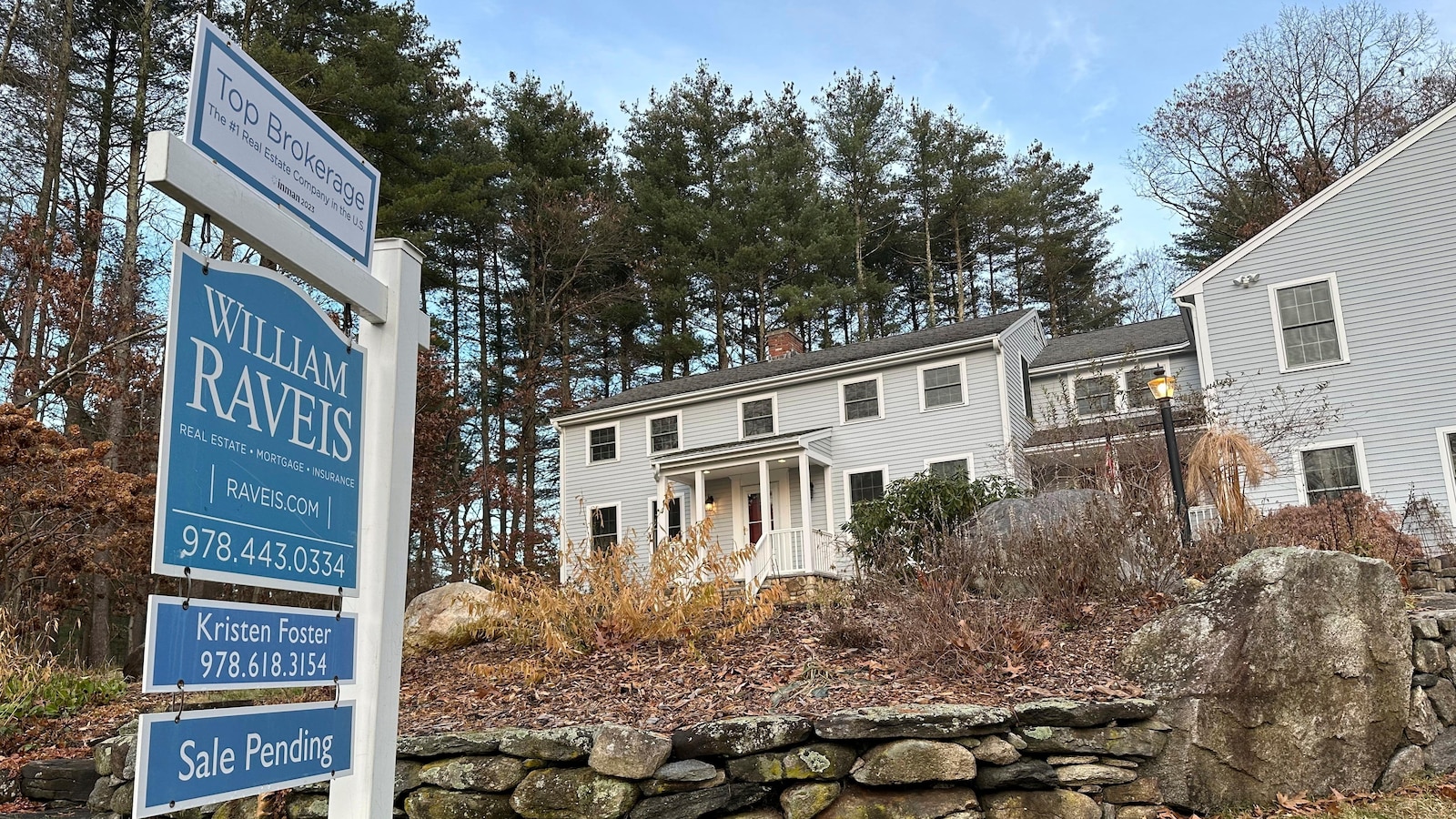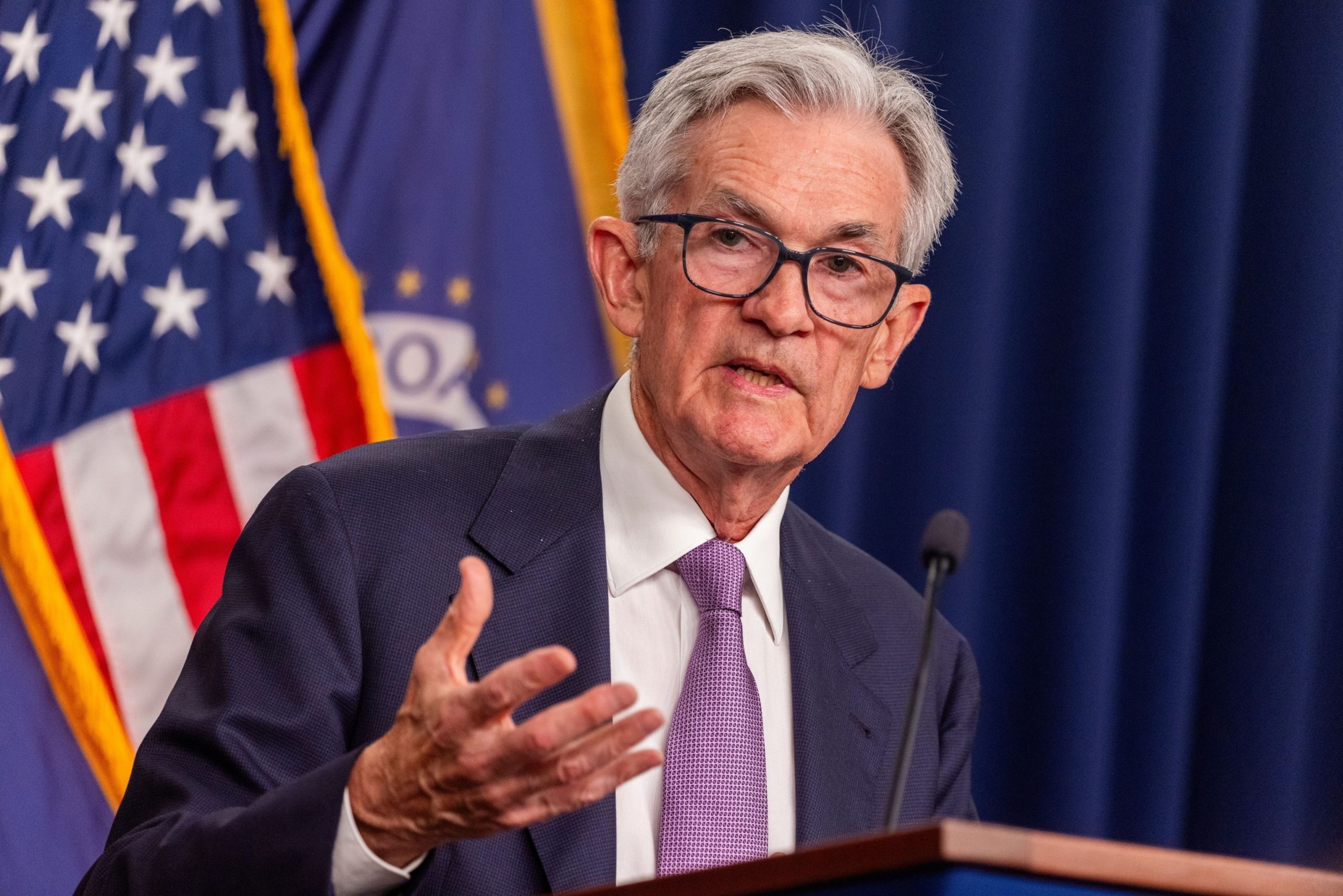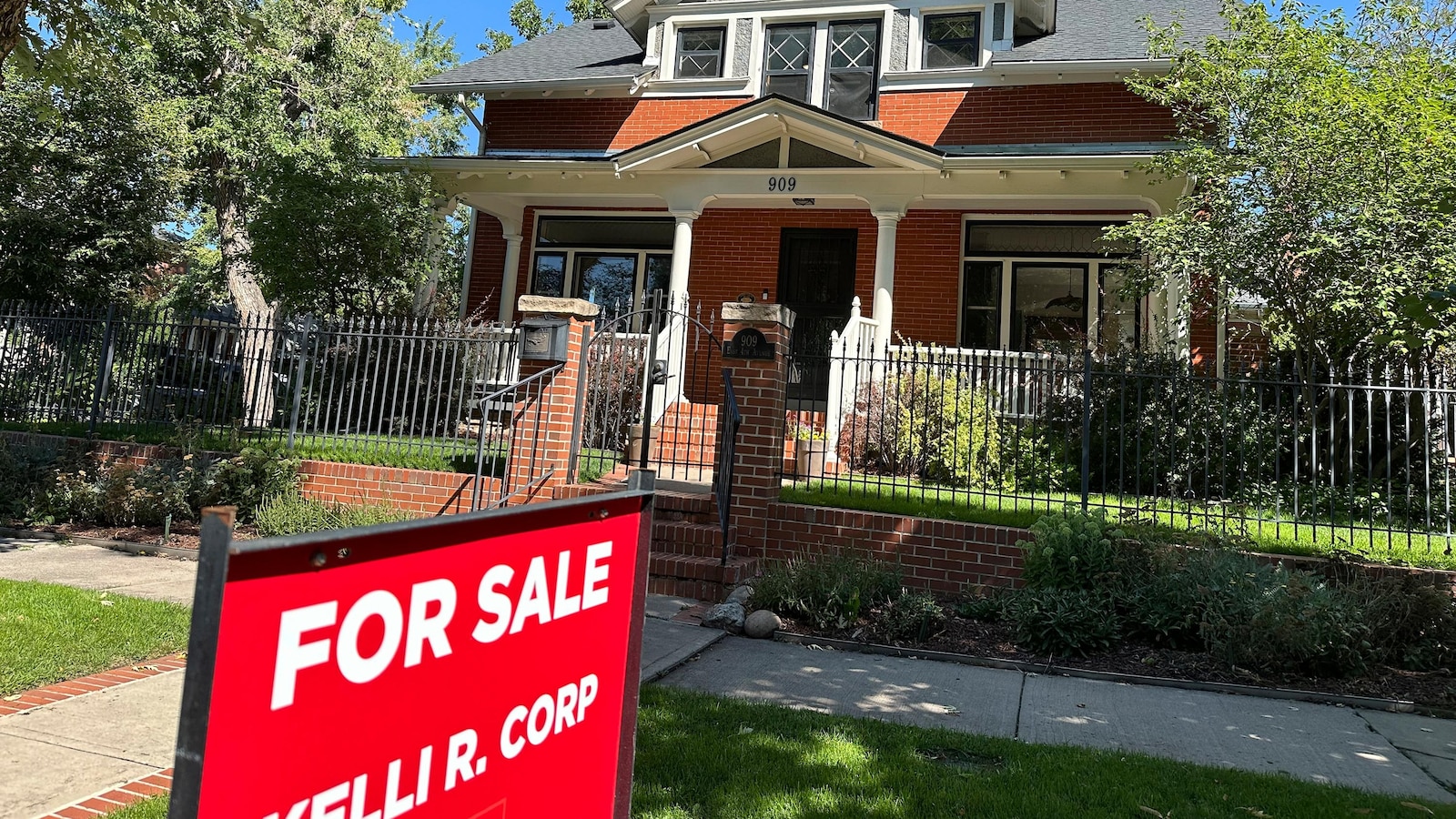
The average rate on a 30-year mortgage eased this week to its lowest level in 15 months, welcome relief for home shoppers navigating a housing market that remains out of reach for many Americans.
The rate fell to 6.46% from 6.49% last week, mortgage buyer Freddie Mac said Thursday. A year ago, the rate averaged 7.23%.
The average rate is now the lowest it’s been since mid-May last year, when it was 6.39%.
Borrowing costs on 15-year fixed-rate mortgages also fell this week, good news for homeowners seeking to refinance their home loan at a lower rate. The average rate fell to 5.62% from 5.66% last week. A year ago, it averaged 6.55%, Freddie Mac said.
Mortgage rates are expected to continue trending lower overall this year, as signs of waning inflation and a cooling job market have raised expectations that the Federal Reserve will cut its benchmark interest rate at its policy meeting next month, which would be the first such easing in four years.
“Although mortgage rates have stayed relatively flat over the past couple of weeks, softer incoming economic data suggest rates will gently slope downward through the end of the year,” said Sam Khater, Freddie Mac’s chief economist.
After jumping to a 23-year high of 7.79% in October, the average rate on a 30-year mortgage has mostly hovered around 7% this year — more than double what it was just three years ago. But this month, the average rate has made its biggest downshift in more than a year, sliding to around 6.5%.
The recent pullback in mortgage rates overall has sparked a pickup in applications for home refinancing loans, which are 23% higher than a month ago, according to the Mortgage Bankers Association.
Applications for home purchase loans have lagged, however.
“We expect rates likely will need to decline another percentage point to generate buyer demand,” Khater said.
Elevated mortgage rates, which can add hundreds of dollars a month in costs for borrowers, have kept many would-be homebuyers on the sidelines, extending the nation’s housing slump into its third year.
Sales of previously occupied U.S. homes are running below last year’s pace, though they ended a four-month slide in July.
The rate on a 30-year mortgage is influenced by several factors, including how the bond market reacts to the central bank’s interest rate policy decisions. That can move the trajectory of the 10-year Treasury yield, which lenders use as a guide to pricing home loans.
The yield, which topped 4.7% in late April, was at 3.86% in afternoon trading in the bond market Thursday, following mixed data on the U.S. economy, which has been slowing under the weight of high interest rates meant to get inflation under control.
Most economists expect the average rate on a 30-year home loan to remain above 6% this year. That may not be enough for many prospective homebuyers in the face of record-high home prices and a shortage of properties for sale in many markets.
“Home prices are still rising in most markets,” said Lisa Sturtevant, chief economist at Bright MLS. “Opportunities for moderate-income and first-time homebuyers will still be limited even with a drop in rates.“
The average rate on a 30-year mortgage has dropped to 6.46%, marking the lowest level in 15 months. This significant decrease in mortgage rates is great news for potential homebuyers and those looking to refinance their existing mortgages.
The drop in mortgage rates can be attributed to several factors. One of the main reasons is the recent decrease in long-term Treasury yields, which have a direct impact on mortgage rates. As Treasury yields fall, so do mortgage rates, making borrowing more affordable for consumers.
Additionally, the Federal Reserve’s decision to keep interest rates low has also contributed to the decrease in mortgage rates. The Fed’s commitment to maintaining a loose monetary policy has helped keep borrowing costs down for consumers, including those looking to purchase a home or refinance their mortgage.
For potential homebuyers, the lower mortgage rates mean that they can afford to borrow more money for a home purchase without seeing a significant increase in their monthly mortgage payments. This can make homeownership more accessible for first-time buyers or those looking to move up to a larger home.
For current homeowners, the lower mortgage rates present an opportunity to refinance their existing mortgages and potentially save money on their monthly payments. By refinancing at a lower rate, homeowners can reduce their interest costs over the life of the loan and potentially shorten the term of their mortgage.
Overall, the drop in mortgage rates to 6.46% is a positive development for the housing market and the economy as a whole. Lower borrowing costs can stimulate home sales and refinancing activity, which can help support economic growth and provide a boost to the housing market.
As always, it’s important for consumers to shop around and compare rates from multiple lenders to ensure they are getting the best deal on their mortgage. With rates at their lowest level in 15 months, now may be a good time for those in the market for a new home or looking to refinance to take advantage of these favorable borrowing conditions.


